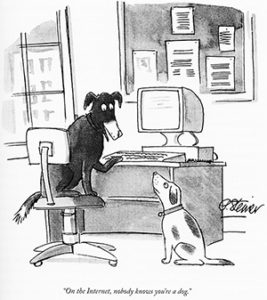
In an information-saturated world, understanding the media we consume is important. Media impacts our life directly and indirectly, especially now during a time of unprecedented change.
So what is media literacy and why does it matter? Media literacy is the ability to apply critical thinking skills to the media we engage with. It helps students discern both covert and overt messages and to recognise different points of view and/or bias. Media literacy is most important for students who are going to navigate a world that will become increasingly complex.
Media literacy applies to all forms of media, both print and digital. Students are often exposed to many different media types including social media, where media authors may be peers or people without any type of credential. Recognising that media comes in all forms and has the potential to influence how we see the world is key.
Developing media literacy skills is pivotal for students. Media literacy helps them:
Depict false or misleading information
Anyone can create content in today’s online world. For this reason, the ability to discern whether a media source is misleading or providing false information is important. For example, an article on a newsworthy topic may be news from a source with no credibility or from a source that is intending to manipulate its audience.
Understand bias
Most media, especially opinion pieces, have bias. Bias isn’t right or wrong; but knowing when bias is the overriding object is important to detect. Every media creator has perspective but understanding where their perspective comes from helps students understand what worldview is being proclaimed.
Use critical thinking skills
Effective media literacy skills means students can question what they are watching or listening to and to analyse what opinions underlie the content they are engaging with. Media literacy also involves understanding the purpose of a particular form of media and questioning why some information may have been omitted.






